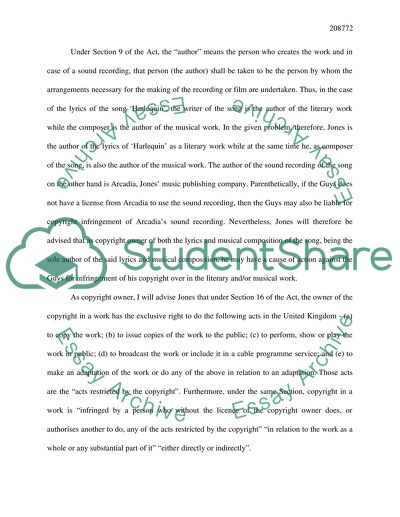Cite this document
(“Intellectual Property Rights in Media Applications Essay”, n.d.)
Intellectual Property Rights in Media Applications Essay. Retrieved from https://studentshare.org/miscellaneous/1502296-intellectual-property-rights-in-media-applications
Intellectual Property Rights in Media Applications Essay. Retrieved from https://studentshare.org/miscellaneous/1502296-intellectual-property-rights-in-media-applications
(Intellectual Property Rights in Media Applications Essay)
Intellectual Property Rights in Media Applications Essay. https://studentshare.org/miscellaneous/1502296-intellectual-property-rights-in-media-applications.
Intellectual Property Rights in Media Applications Essay. https://studentshare.org/miscellaneous/1502296-intellectual-property-rights-in-media-applications.
“Intellectual Property Rights in Media Applications Essay”, n.d. https://studentshare.org/miscellaneous/1502296-intellectual-property-rights-in-media-applications.


